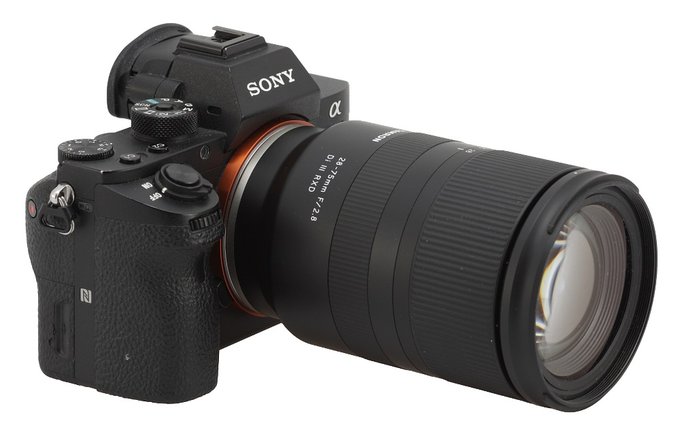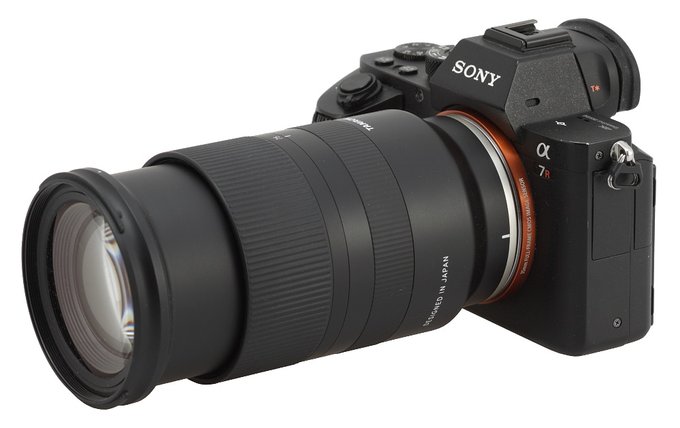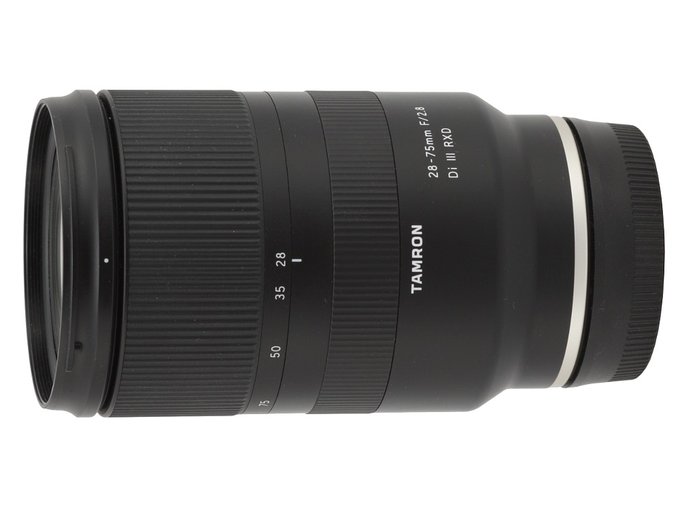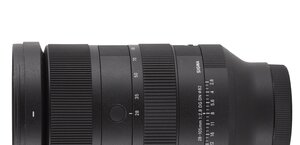Tamron 28-75 mm f/2.8 Di III RXD
1. Introduction
The size of the detector meant there was also a problem with the availability of lenses.There were few optical instruments dedicated for the APS-C/DX sensors so you had to use full frame ones. In order to have an access to angles of view typical for universal lenses you had to get interested in expensive, full frame 17–35, 17–40 or 16–35 mm instruments.
Amateurs who had spend their last pocket money on their first digital body were looking for alternatives and the Tamron SP AF 28–75 mm f/2.8 XR Di LD Aspherical (IF) MACRO used to be one of the most popular choices. It is a full frame lens that doesn't offer a wide angle of view on APS-C/DX sensors but, due to its very good optical properties and an affordable price, it was often chosen by many amateur photographers.
Please Support UsIf you enjoy our reviews and articles, and you want us to continue our work please, support our website by donating through PayPal. The funds are going to be used for paying our editorial team, renting servers, and equipping our testing studio; only that way we will be able to continue providing you interesting content for free. |
- - - - - - - - - - - - - - - - - - - - - - - - - - - - - - - - - - - - - - - - - - - - - - - -
Currently we are observing another revolution on the photographic market. Like a dozen or so years ago, when digital technology was driving analogue devices out of business,now full frame mirrorless cameras are intercepting market shares of reflex cameras. Even though this time we have no issue with focal length multiple, high prices of brand name devices still remain a problem and it is perhaps even more acute than it used to be at the beginning of the 20th century. Tamron decided to follow its old path and in February 2018 they presented a new lens, the Tamron 28–75 mm f/2.8 Di III RXD designed for mirrorless Sony FE cameras. Soon afterwards it hit the shelves with a price tag of about $880 – perhaps not as attractive as the price of the old SP AF 28-75 mm f/2.8 XR Di LD Aspherical (IF) MACRO but also noticeably lower than prices of similar system lenses. Small wonder we greeted that lens in our editorial office with real insterest and decided to look at its optical and mechanical properties closer.
We would like to thank the Focus Nordic company, the sole distributor for Tamron devices in Poland, for lending us one specimen of the lens which we used in our test. You are also invited to get acquainted with our test procedure, described in the article "How do we test lenses?" If you feel it’s still not enough, please go to our FAQ section where you can find some further explanation.
 |
 |







